Programming News
Medium
350
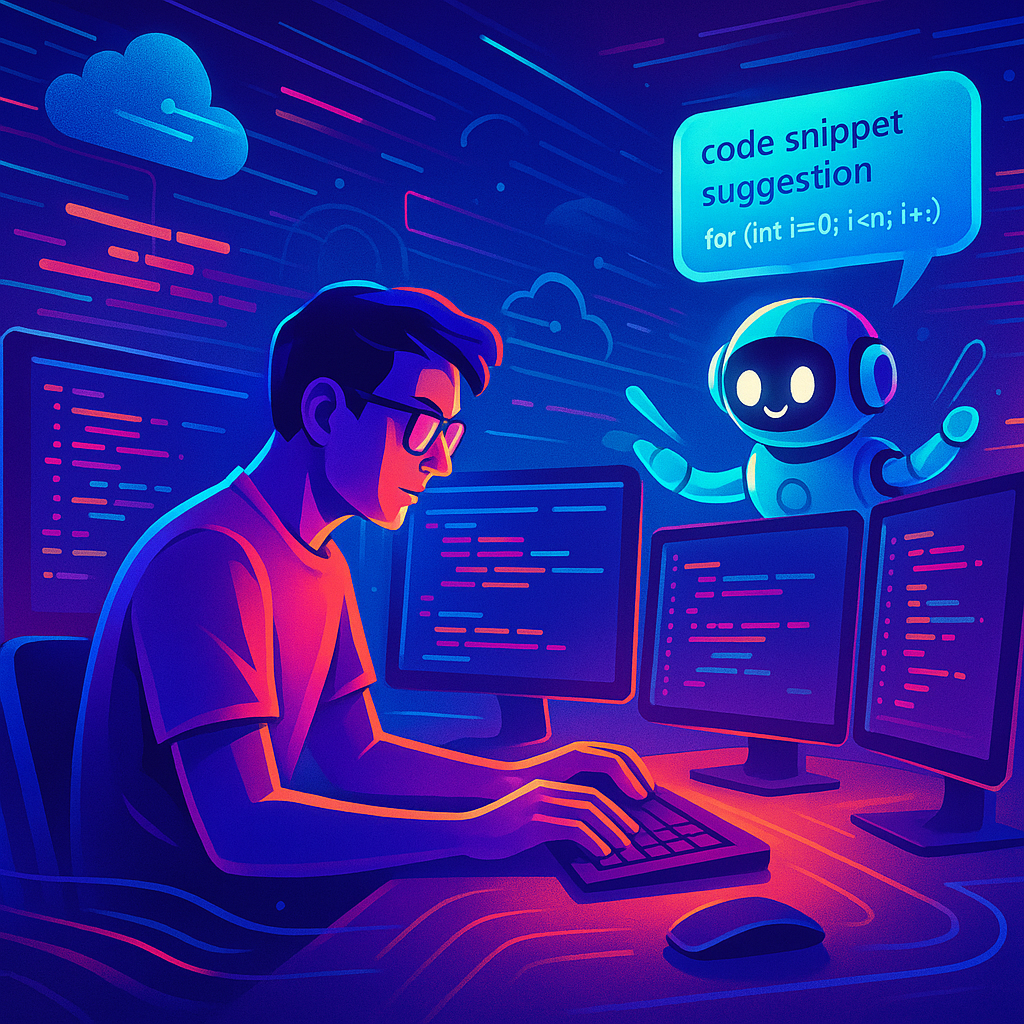
Image Credit: Medium
The AI Coding Revolution: How Gen AI is Transforming Development
- Gen AI tools like GitHub Copilot are revolutionizing coding by anticipating intent, suggesting solutions, and handling repetitive tasks, leading to faster delivery, lower costs, and happier teams.
- GitHub Copilot acts as a pair-programming buddy, suggesting code snippets and functions based on context, resulting in faster code shipping, fewer bugs, and less burnout for teams.
- In a recent initiative, a development team upgrading services to Java 21 experienced a 70% improvement in team performance by leveraging GitHub Copilot to generate code snippets, suggest modern syntax, and streamline tasks.
- GitHub Copilot helped reduce tech debt significantly for a team upgrading 27 services, with a 76% improvement in effort for smaller services and an 83% improvement for larger services, leading to cleaner system designs and faster delivery.
Read Full Article
16 Likes
Dev
99

Image Credit: Dev
Go CLI Mastery: Crafting Developer Tools That Don't Suck
- Article delves into crafting impactful CLI tools using Go ecosystem's Cobra and Viper.
- Discusses setting up CLI architecture, subcommands, error handling, and production-ready distribution.
- Explains testing CLI apps, cross-platform builds, GitHub Actions, and Homebrew distribution.
- Highlights the evolution of Go for building user-friendly CLI tools and encourages community participation.
Read Full Article
6 Likes
PlanetPython
128
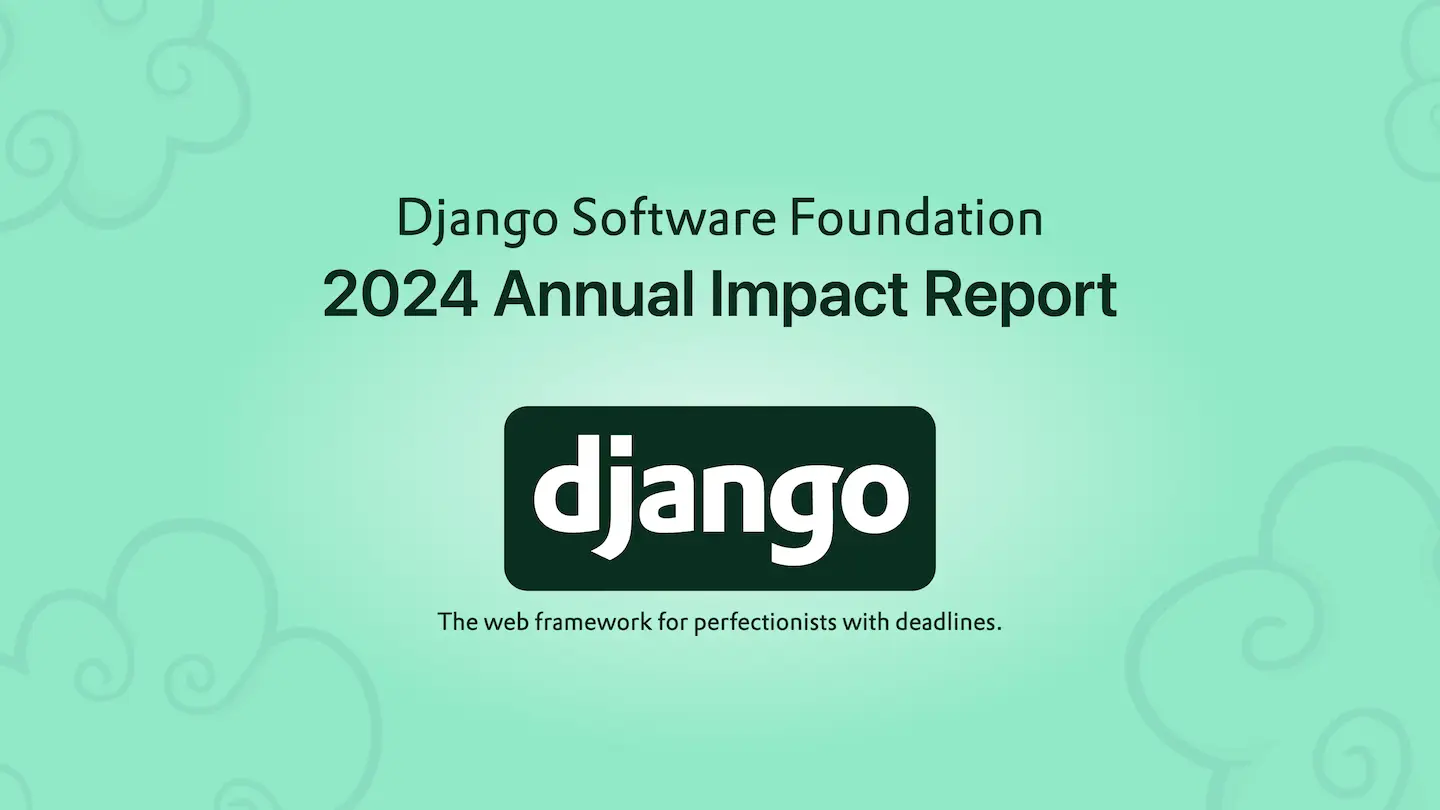
Image Credit: PlanetPython
Django Weblog: Our 2024 Annual Impact Report
- The Django Software Foundation (DSF) has released its 2024 Annual Impact Report, showcasing key milestones and community narratives.
- The report aims to demonstrate the impact of community contributions, reflect on progress, and encourage more participation and involvement.
- Looking ahead to 2025, the DSF is dedicated to strengthening the Django ecosystem through various initiatives, working groups, and volunteer commitments.
- Ways to support Django include donating, becoming a Corporate or Individual Member, participating in working groups, joining the community forums, and engaging on social media platforms.
Read Full Article
7 Likes
Medium
63
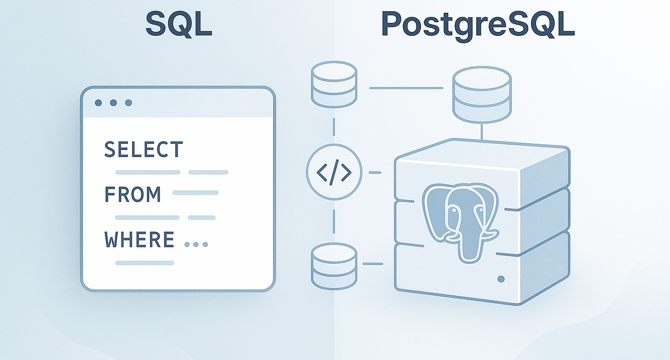
Image Credit: Medium
SQL vs PostgreSQL: What’s the Real Difference?
- SQL is a language used in popular database systems like MySQL, SQL Server, Oracle, SQLite, and PostgreSQL.
- PostgreSQL is a trusted database system known for handling large data volumes, ensuring data integrity, and scaling effectively under heavy workloads.
- While SQL provides a core language structure consistent across various systems, PostgreSQL is a database system that expands upon SQL with additional capabilities and optimizations.
- Understanding the difference between SQL and PostgreSQL is essential for working with databases and developing applications with scalability and flexibility.
Read Full Article
3 Likes
Discover more
- Software News
- Web Design
- Devops News
- Open Source News
- Databases
- Cloud News
- Product Management News
- Operating Systems News
- Agile Methodology News
- Computer Engineering
- Startup News
- Cryptocurrency News
- Technology News
- Blockchain News
- Data Science News
- AR News
- Apple News
- Cyber Security News
- Leadership News
- Gaming News
- Automobiles News
Medium
172

AI Tools That Will Make You Money in 2025
- 2025 में AI ने एक powerful earning machine बन लिया है।
- टॉप AI टूल्स में ChatGPT (OpenAI) के उपयोग से Content writing, Blog post creation, Customer support automation किया जा सकता है।
- Copy.ai का उपयोग Social media captions, Ad copywriting, Product descriptions के लिए किया जा सकता है।
- Canva + AI Magic Write का उपयोग Poster/Resume designing, Instagram content creation, Marketing material के लिए किया जा सकता है।
Read Full Article
10 Likes
Dev
266

Image Credit: Dev
Quark’s Outlines: Python None
- Overview, Historical Timeline, Problems & Solutions of Python None.
- Python uses None to represent missing or empty values in variables and functions.
- Historical timeline of Python None, its origin, and evolution over time.
- Problems with Python None usage and solutions for using it effectively.
- Python None helps in clear programming by indicating absence of value.
Read Full Article
16 Likes
TechBullion
289

Image Credit: TechBullion
The Future of Custom Software Development in an AI-First World
- AI plays a crucial role in modern business, transforming custom software development.
- Contrary to predictions, custom software remains essential, becoming sophisticated with AI integration.
- AI tools enhance productivity, improve code quality, and enable personalized user experiences.
- Integration of AI in software solutions offers a competitive edge and drives innovation.
- Balancing traditional and AI-based approaches is key to future success in software development.
Read Full Article
16 Likes
Medium
320

Getting Started with Java: Setting Up Your Environment the Right Way
- Setting up the right environment is crucial before starting Java programming.
- Step 1 involves installing the JDK by choosing the version for your operating system and installing it.
- Step 2 includes setting up environment variables like JAVA_HOME and PATH to enable Java commands from the terminal.
- Step 3 advises choosing and setting up an IDE for a smoother Java coding experience.
Read Full Article
19 Likes
Medium
194
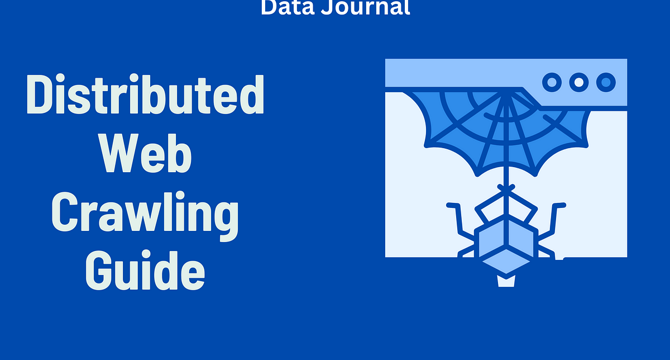
Image Credit: Medium
Distributed Web Crawling Guide: System & Architecture
- Web crawling extracts data from websites, distributed crawling scales processes across multiple machines.
- Using Celery and Redis for a distributed web crawler enhances efficiency in large-scale scraping.
- Tasks are divided among workers, URLs are tracked in Redis, and parsers can be customized.
Read Full Article
11 Likes
Medium
86

Image Credit: Medium
The Birthday Paradox: Why 23 People Are All You Need for a 50% Chance of Shared Celebration
- In a group of 23 people, there is a 50% chance of at least two people sharing the same birthday.
- The Birthday Paradox arises from comparing every possible pair of people against all 365 potential dates, leading to an explosion in the number of comparisons.
- This paradox has significant implications in computer science and cryptography, setting limits on collision probabilities for hash functions and aiding in testing the quality of random number generators.
- Understanding the principles behind the Birthday Paradox showcases the limitations of human intuition in probability and highlights the importance of precise mathematical analysis in various fields.
Read Full Article
5 Likes
Python Blogs
122

Image Credit: Python Blogs
What are the best practices for writing meta descriptions in an e-store?
- Meta descriptions act like signs in a store, providing a brief overview of e-store pages for both people and search engines.
- Best practices for writing effective meta descriptions include keeping them concise, using power words to grab attention, incorporating target keywords, speaking directly to the user, adding a call-to-action, ensuring uniqueness for each description, and accurately reflecting the page content.
- Additional tips for crafting pro-level meta descriptions include avoiding jargon, highlighting benefits, and considering mobile users by keeping descriptions short.
- Writing meta descriptions for an e-store can be enjoyable and impactful, serving as mini-ads that entice users to click and explore further.
Read Full Article
7 Likes
Dev
249

Image Credit: Dev
🚀 Master VS Code on Mac: The Ultimate Keyboard Shortcuts Guide for Next.js & Python Developers
- Master VS Code on Mac with essential keyboard shortcuts for Next.js & Python developers.
- Learn basic text editing, advanced coding techniques, tab management, and debugging shortcuts.
- Maximize efficiency and productivity by customizing shortcuts and practicing with real projects.
- Discover game-changing shortcuts for navigating code, debugging, and staying organized on macOS.
Read Full Article
15 Likes
Dev
246

Image Credit: Dev
Import on Interaction
- Import on Interaction is a performance pattern that allows deferred loading of resources over the network based on user interaction.
- It involves using React.lazy, Suspense, Dynamic Import, and facade pattern to load resources only when needed instead of loading them immediately on page load.
- Examples include loading 3rd party widgets, authentication SDKs, infrequently used features like scroll-to-top animations or export libraries, analytics, and tabbed interfaces on user interaction or click events.
- Facades can be used for deferring loading of elements like Youtube video embeds and Google login SDK until the user interacts with them to enhance performance.
Read Full Article
14 Likes
Javacodegeeks
170
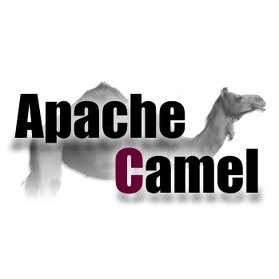
Image Credit: Javacodegeeks
Build REST/GraphQL APIs with Apache Camel
- Apache Camel simplifies system connection and API exposure.
- Learn how Camel integrates with GraphQL and REST APIs for seamless development.
- Apache Camel's DSL and GraphQL's efficient data fetching enhance backend orchestration.
- Explore setting up projects, creating models, services, REST endpoints, and GraphQL schemas.
Read Full Article
10 Likes
Dev
207

Image Credit: Dev
Single Core Hundred Thousand Concurrency(1751263171256200)
- Troubling question for junior CS student: achieving high concurrency on single-core processor.
- Evolution from multi-process to event-driven models. Event-driven architecture key for high concurrency.
- Event-driven processor explained with high-concurrency endpoint processing. Performance testing results shared.
Read Full Article
12 Likes
For uninterrupted reading, download the app